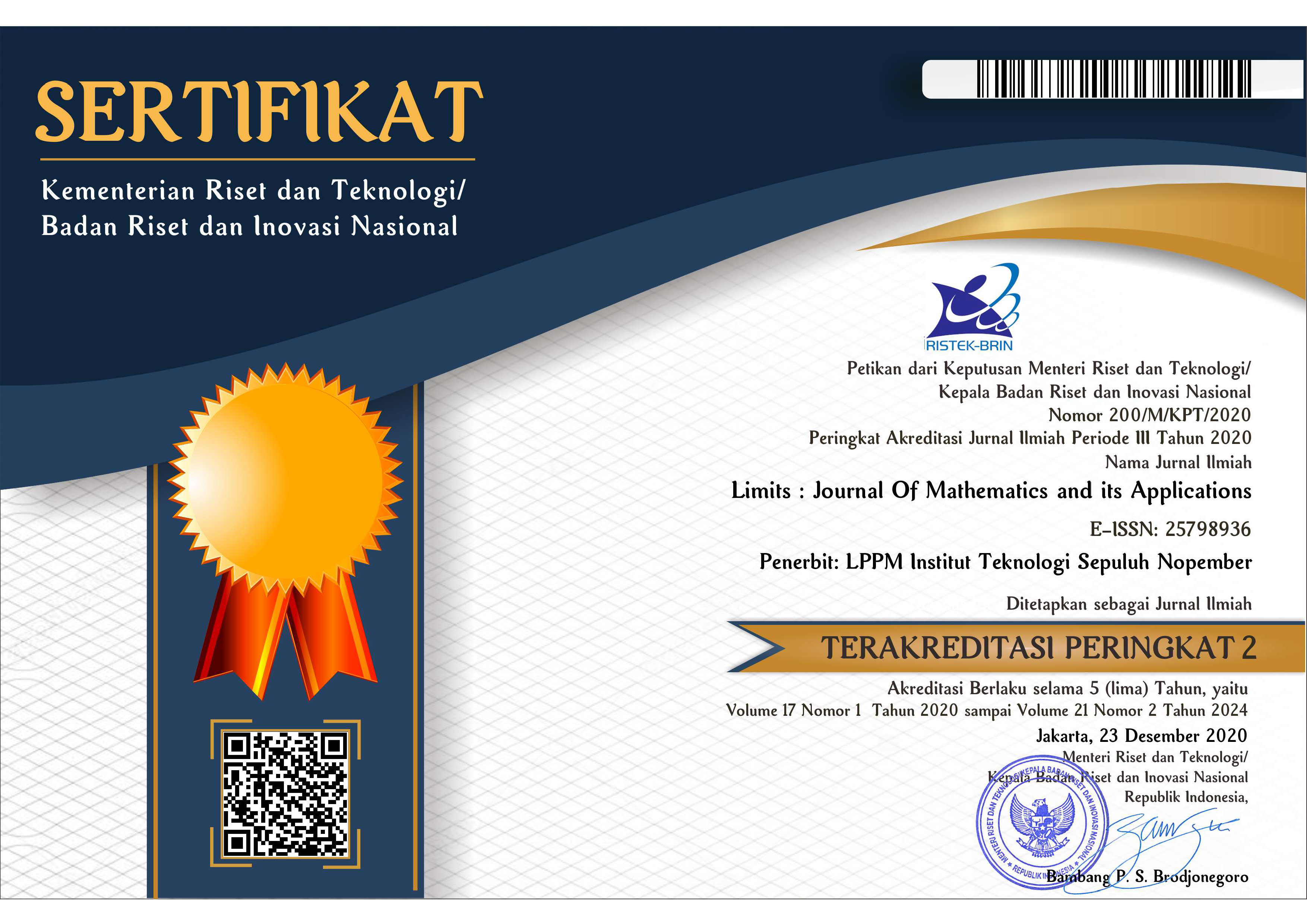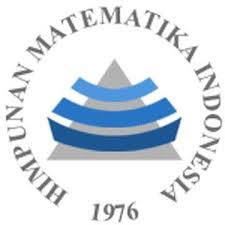Model Kredibilitas Bühlmann dengan Frekuensi Klaim Berdistribusi Binomial Negatif-Lindley
Abstract
In this article, we develop a parametric Bühlmann credibility model with the frequency of claims that are assumed following the Negative Binomial- Lindley distribution. The Estimator of the quantities in the Bühlmann model have provided for this distribution using methods commonly used in the greatest accuracy credibility. The premium estimation that resulted in this model is a linear combination of the past claims which gives a minimum error square. The momen function of the Binomial-Lindley distribution is very helpful to determine these Bühlmann’s quantities. Application simulations of this model are also given for simple data claims along with the algorithm. However, it gives an appreciable credibility factor value, this model requires many past claims to get a good premium estimation.
Keywords
Full Text:
PDFReferences
I. Slamet and K. Natalia, “Kredibilitas dengan Pendekatan Bühlmann,” in Seminar Nasional MIPA, 2007, pp. 63–74.
L. M. Wen, W. Wang, and J. L. Wang, “The credibility premiums for exponential principle,” Acta Math. Sin. Engl. Ser., vol. 27, no. 11, pp. 2217–2228, 2011, doi: 10.1007/s10114-011-9198-4.
A. Hassan Zadeh and D. A. Stanford, “Bayesian and Bühlmann credibility for phase-type distributions with a univariate risk parameter,” Scand. Actuar. J., vol. 2016, no. 4, pp. 338–355, 2016.
T. M. Karina, S. Nurrohmah, and I. Fithriani, “Buhlmann credibility model in predicting claim frequency that follows heterogeneous Weibull count distribution,” in Journal of Physics: Conference Series, vol. 1218, no. 1, p. 012041, doi: 10.1088/1742-6596/1218/1/012041.
S. Ghahramani, Fundamentals of Probability. New York (US): Prentice Hall, 2005.
M. E. Ghitany, B. Atieh, and S. Nadarajah, “Lindley distribution and its application,” Math. Comput. Simul., vol. 78, no. 4, pp. 493–506, 2008, doi: 10.1016/j.matcom.2007.06.007.
H. Zamani and N. Ismail, “Negative binomial-Lindley distribution and its application,” J. Math. Stat., vol. 6, no. 1, pp. 4–9, 2010, doi: 10.3844/jmssp.2010.4.9.
D. Lord and S. R. Geedipally, “The negative binomial–Lindley distribution as a tool for analyzing crash data characterized by a large amount of zeros,” Accid. Anal. Prev., vol. 43, no. 5, pp. 1738–1742, 2011.
S. R. Geedipally, D. Lord, and S. S. Dhavala, “The negative binomial-Lindley generalized linear model: Characteristics and application using crash data,” Accid. Anal. Prev., vol. 45, pp. 258–265, 2012.
M. Shirazi, S. S. Dhavala, D. Lord, and S. R. Geedipally, “A methodology to design heuristics for model selection based on the characteristics of data: Application to investigate when the Negative Binomial Lindley (NB-L) is preferred over the Negative Binomial (NB),” Accid. Anal. Prev., vol. 107, pp. 186–194, 2017, doi: 10.1016/j.aap.2017.07.002.
M. R. R. Shaon, X. Qin, M. Shirazi, D. Lord, and S. R. Geedipally, “Developing a Random Parameters Negative Binomial-Lindley Model to analyze highly over-dispersed crash count data,” Anal. Methods Accid. Res., vol. 18, pp. 33–44, 2018, doi: 10.1016/j.amar.2018.04.002.
H. Bühlmann and A. Gisler, A Course in Credibility Theory and Its Applications. Springer Science & Business Media, 2006.
T. N. Herzog, Introduction to Credibility Theory. Actex Publications, 1999.
DOI: http://dx.doi.org/10.12962%2Flimits.v18i1.6690
Refbacks
- There are currently no refbacks.
Jumlah Kunjungan:

Limits: Journal Mathematics and its Aplications by Pusat Publikasi Ilmiah LPPM Institut Teknologi Sepuluh Nopember is licensed under a Creative Commons Attribution-ShareAlike 4.0 International License.
Based on a work at https://iptek.its.ac.id/index.php/limits.






